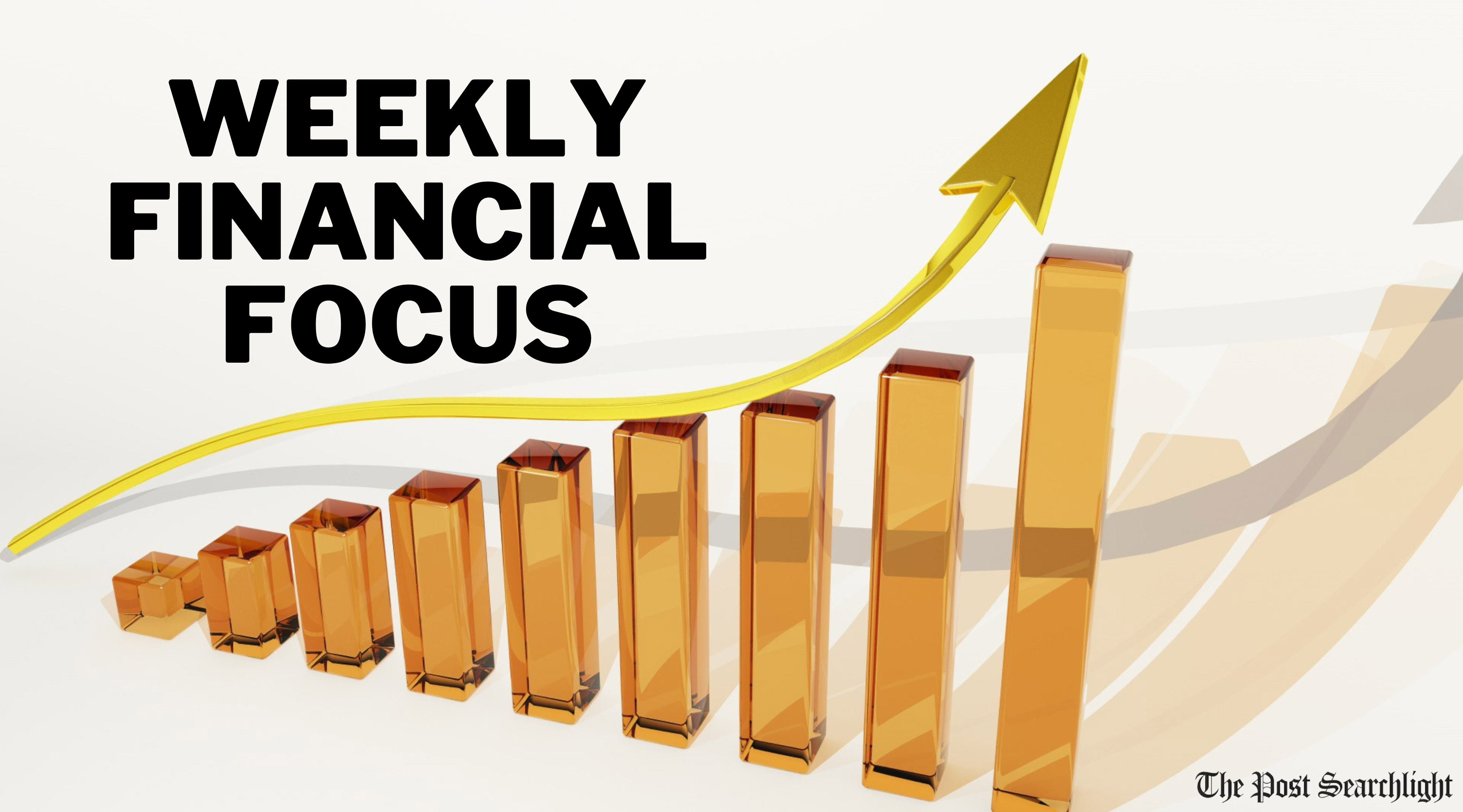Asset allocation in retirement
Published 10:25 am Friday, November 26, 2010
Your asset allocation should be dynamic and flexible—adjusting with you as you move through life.
Finding your unique formula for the many years you hope to spend in retirement is an important consideration as you transition your lifestyle into your non-working years.
The asset allocation formula that worked for you as you were building your nest egg will need to change as you move from accumulating assets to drawing on them. That means you may want to adopt a more conservative approach, perhaps allocating a greater percentage of your overall portfolio to fixed income investments as you grow older.
Simply put, you don’t want to assume the same level of risk since your capacity to recover from losses is no longer as great. Your focus now should be on preserving capital and generating a predictable income stream to supplement other income sources.
Allowing for inflation
Although it’s not a problem right now, many observers believe we will be facing higher inflation down the road. That can be a very real problem in retirement.
For example, at a 3 percent inflation rate, $100,000 worth of purchasing power declines to $54,379 in 20 years. Most people also assume that their health care costs are going to increase in their later years, so you will want to allow for that, too. These two factors, plus the possibility of other unexpected expenses, mean that you are likely to still need some percentage of growth-oriented assets in your portfolio.
As the market gyrations of the past few years demonstrated quite convincingly, one of the big risks of investing is having to sell at the wrong time. For this reason, you also need to keep a certain percentage of your assets liquid, in cash or an equivalent, so you can access that money quickly if needed.
Although everyone’s situation is different, keeping six to 24 months’ or more worth of expenses in cash is a good goal. To visualize the benefit of this, think about the difference between an investor who had to raise money by selling stocks during the market crash in the spring of 2009 versus another who could wait until a few months later.
How long should you plan for?
While you can’t know for certain how many years you’ll spend in retirement, we do know that because lifespans in general are increasing, the number of years people spend in retirement is also increasing.
For example, actuaries say that for a couple who are both 65 when they retire, there’s an 85 percent probability that at least one of them will live past 85. This means that your assets may have to last you for quite a long time.
Living longer also means that the growth-oriented portion of your portfolio has more time to experience the magic of compounding.
For example, if you have $100,000 allocated to that portion and are able to achieve annual returns of 6 percent, after 10 years you’ll have $179,084.77, and after 15 years you’ll have $239,655.82. This assumes no losses—a good reason to stick with less-risky investments.
Asset allocation in retirement is a critically important element of your overall plan—be sure to get some expert help in deciding what’s best for you. Also, don’t forget to revisit your formula periodically to be sure your mix is increasingly conservative as you get older.
Asset allocation does not ensure a profit or protect against a loss.





